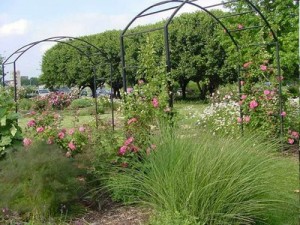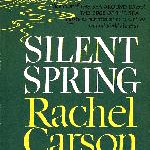Definition of IPM

Photo courtesy of Oklahoma State University, Yard and Landscape IPM
Integrated Pest Management (IPM) is a strategy used to manage insect pests in the landscape by using economically and environmentally sustainable practices.
Today, using chemical treatment as a singular means to control plant pests is no longer viable or acceptable. The goal of IPM is not necessarily to to eradicate or eliminate pests, but to strengthen and stabilize the landscape (ecosystem) so that conditions are favorable for plants but unfavorable for pests. This is achieved by employing a combination of IPM practices that are based upon IPM concepts to prevent or avoid anticipated pest problems rather than treating them once they occur.
Eliminating Pests from the Landscape
Often many homeowners and landscape caretakers still approach pest management with the outmoded (and misguided) goal of eradicating or eliminating insect pests. It is essential to the understanding and practice of integrated pest management to appreciate that every insect, whether pest or beneficial, has an important role to play in our ecology. What humans consider a pest to be eliminated may be an important food source for another organism or feeds on other insects. IPM is based on respecting the interconnection and interdependency of all organisms.
Key Steps in IPM
- Scout and monitor for pests and damage
- Accurate pest identification
- Recognize and diagnose plant damage
- Determine an action threshold
- Apply appropriate IPM practices
- Evaluate the success of your program and make needed adjustments to prevent pest problems
Next >> History of IPM

